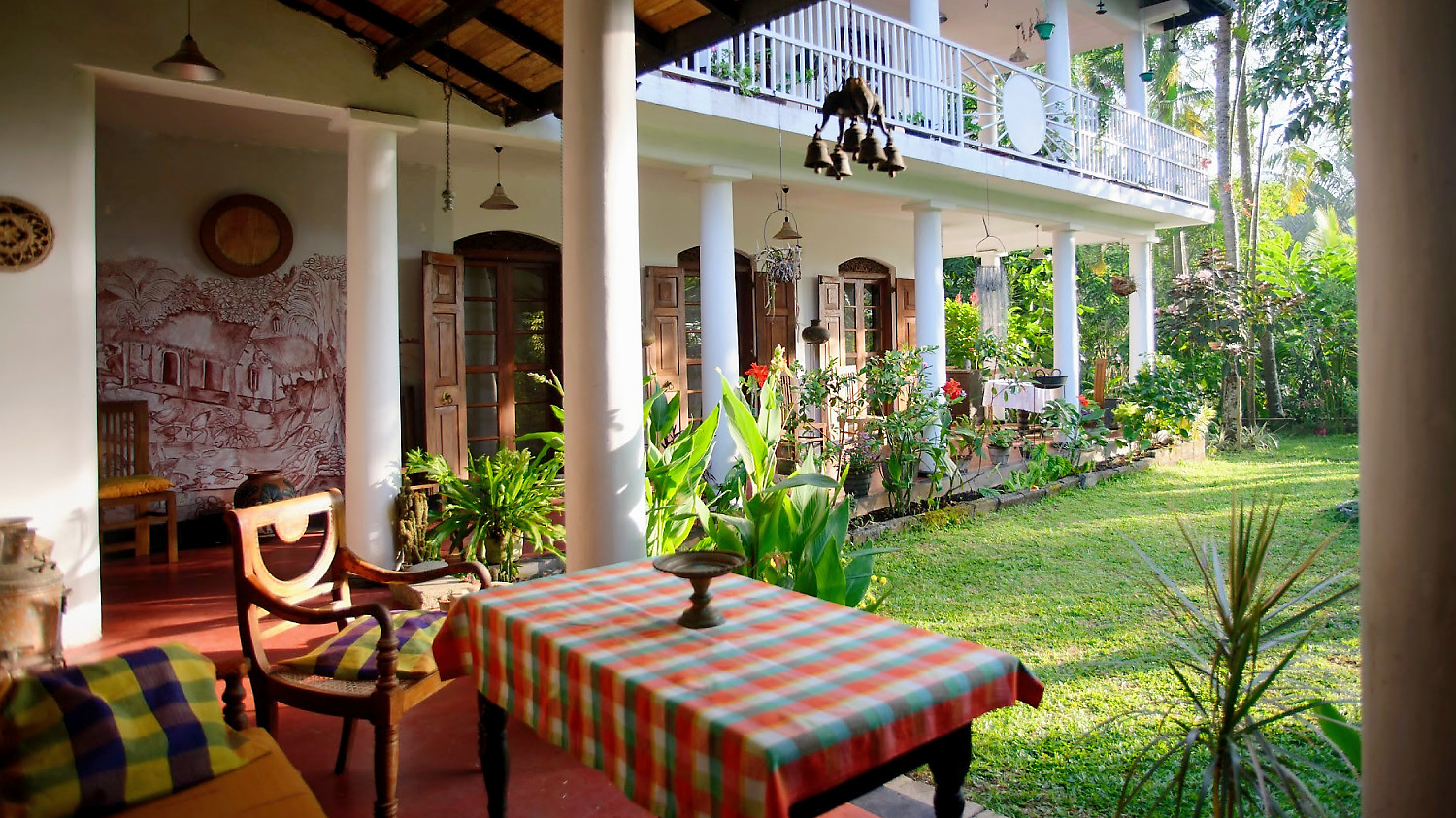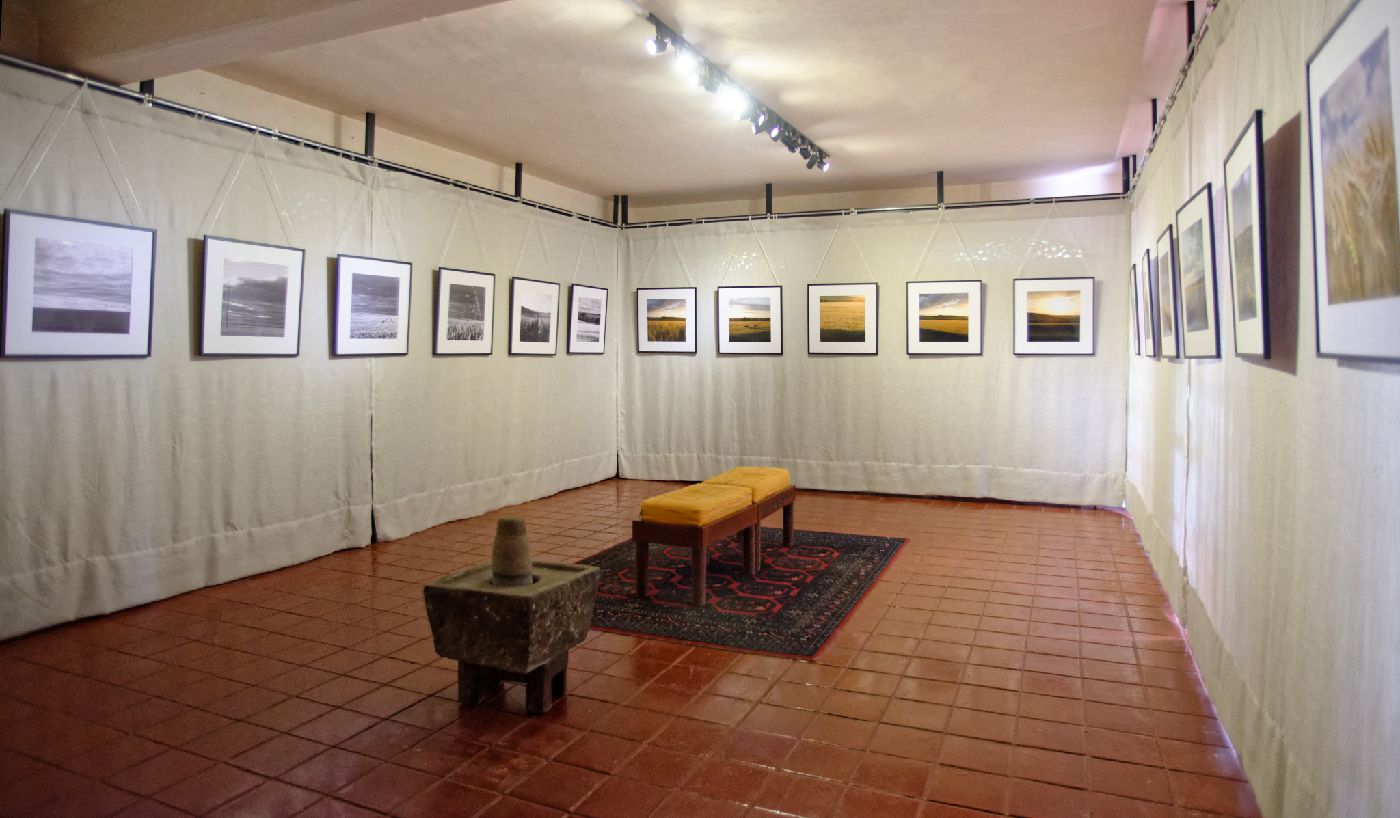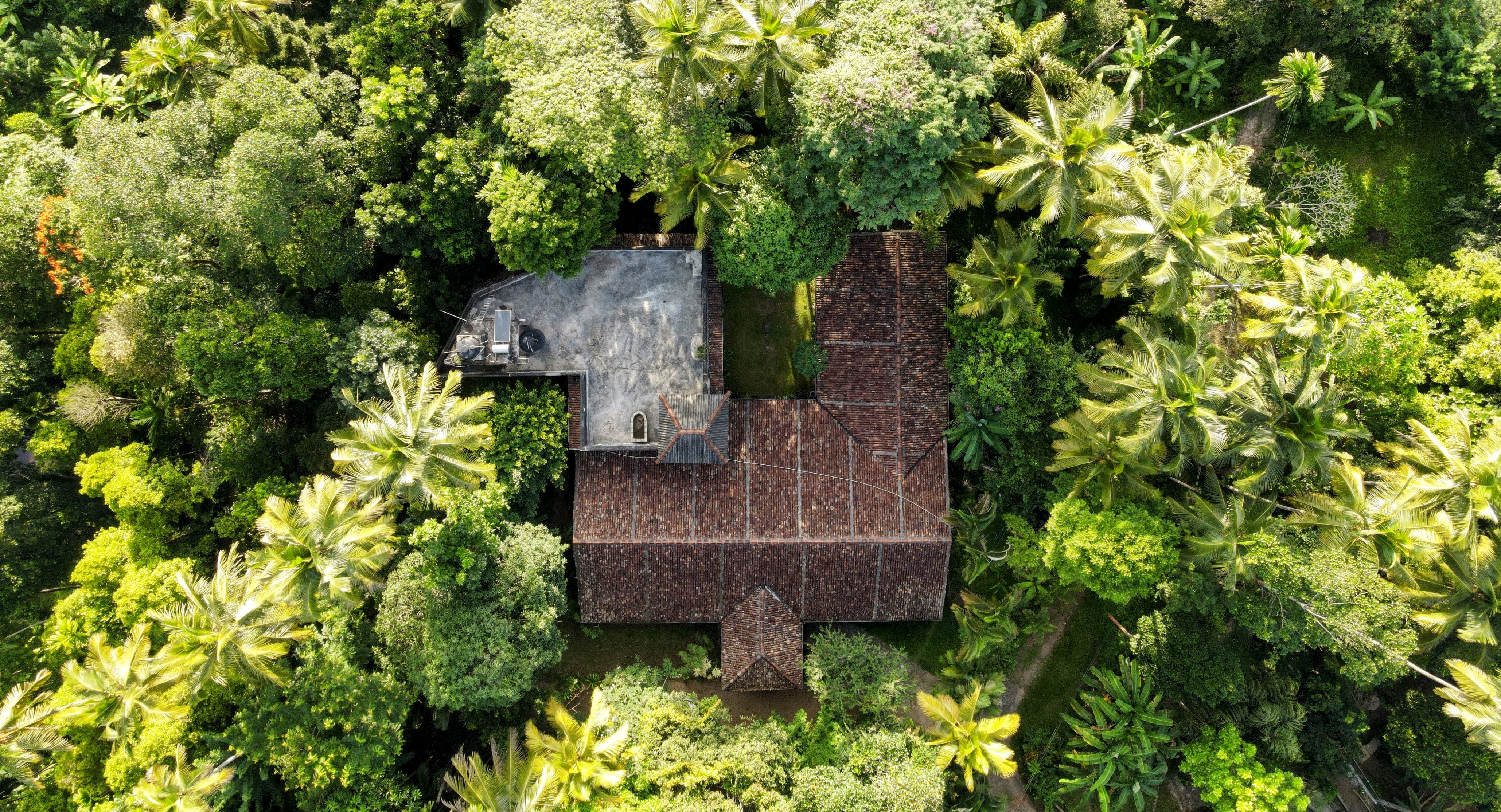ABOUT US
Suiyakantha Centre for Art & Culture
THE HISTORICAL CONTEXT
The available written archives provide valuable information about the history of Naranwala Walawwa, which now houses the Suiyakantha Centre for Art and Culture. These sources allow us to trace the origins of the current building back to the 18th century, during the period of the Kingdom of Kandy.
According to the surviving documents, King Sri Vimaladharmasuriya II (1687-1707) allegedly granted a certain Jayasundara Mudaliya "a plot of land located in the Udunuwara district." There is no doubt that this estate refers to the very site where the current Naranwala "Walawwa" stands, with the term "Walawwa" in Sinhala referring to the residence of an aristocrat.
The architecture of the building is a representative example of what is commonly known as the "Dutch style," which was influenced during the partial colonization of the island by the Dutch (1658-1796). This style characterises the residences of aristocrats holding official positions with the king until the surrender of Kandy in 1815.
Located in close proximity to the Royal Court of Kandy and enjoying various privileges, Naranwala Walawwa had its heyday in the 18th century. However, from 1815, the year that marked the end of the Kandyan kingdom's resistance against the British colonisers, Naranwala Walawwa began an inexorable decline, both architecturally and socially.
The trend was only reversed in the very late years of the last century when a new chapter of this historically significant place was about to be rewritten…
THE GEOGRAPHICAL AND CULTURAL CONTEXT
Immersed in lush vegetation, the residence is characterized by the simplicity of its architectural style. A main rectangular structure is flanked on the front and back by a series of massive pillars, creating spacious verandas on both sides. The main structure is crowned with an impressive double-sloped roof.
The rectangular courtyard, known as "meda midula," is enclosed on three sides by the northern, southern, and western wings of the house. It opens towards the eastern end, offering a breathtaking view of the Hantana mountains.

The inner courtyard ("meda midula") of Narawala Walawwa, now serving as a dining space
The walawwa is situated in the heart of the Central Region, at an altitude of 600 meters, enjoying a temperate climate throughout the year. Additionally, it is located in close proximity to three remarkable masterpieces of the Gampola Kingdom (1341-1415): the temples of Gadaladeniya, Embekke, and Lankathilaka.
The determination of two individuals - Jacques Soulié and Rohan de Silva - who benefited from the assistance of local connoisseurs and craftsmen, allowed for a complete and respectful restoration of this traditional house. The opening of the Center—a logical outcome considering the individual trajectories of the founders, the importance of the premices and the collection it houses—took place in 2010.
The "home-museum," unique in its kind in the central region, was enriched in 2016 with an art gallery that hosts temporary exhibitions, giving privileged space to contemporary forms of art.
THE CURATED COLLECTION
VISUAL ARTS

The gallery hosting temporary exhibitions
The collection, originating from Paris in the latter half of the previous century, encompasses two main components. Firstly, it features historical photographs that played a significant role in the emergence of this innovative art form in the late 19th century. Secondly, it includes postcards and engravings gathered from auctions and flea markets across Europe. These items reflect the intermingling of Western and Eastern cultures, with a particular emphasis on the history of Sri Lanka.
FOLK ART
Over the course of more than 25 years, a patient and methodical collection effort focused on folk art and traditions throughout the island has enabled the center to present a cohesive collection of folk art today. These collectibles serve as a testament to the creativity and imagination of past generations who strived to infuse beauty into practical objects. Handcrafted artifacts that embody popular customs and beliefs have become scarce in contemporary times.
BOOKS AND DOCUMENTATION
The extensive collection of archival documents and books available is the result of a meticulous and methodical effort spanning a period of at least 50 years. By appointment, students and researchers now have access to this invaluable compilation. The archives proudly house rare original editions and specialized publications that delve into the rich cultures of both the East and the West, making it an exceptional resource for scholarly pursuits. Notably, the library also features a small yet remarkable selection of original Ola leaf manuscripts, adding to its distinctive offerings.

